Garden to plate — this is the best food to grow in a greenhouse
This is the best food to grow in a greenhouse, according to experts Hartley Botanic, from herbs and salads to fruits and all types of veg
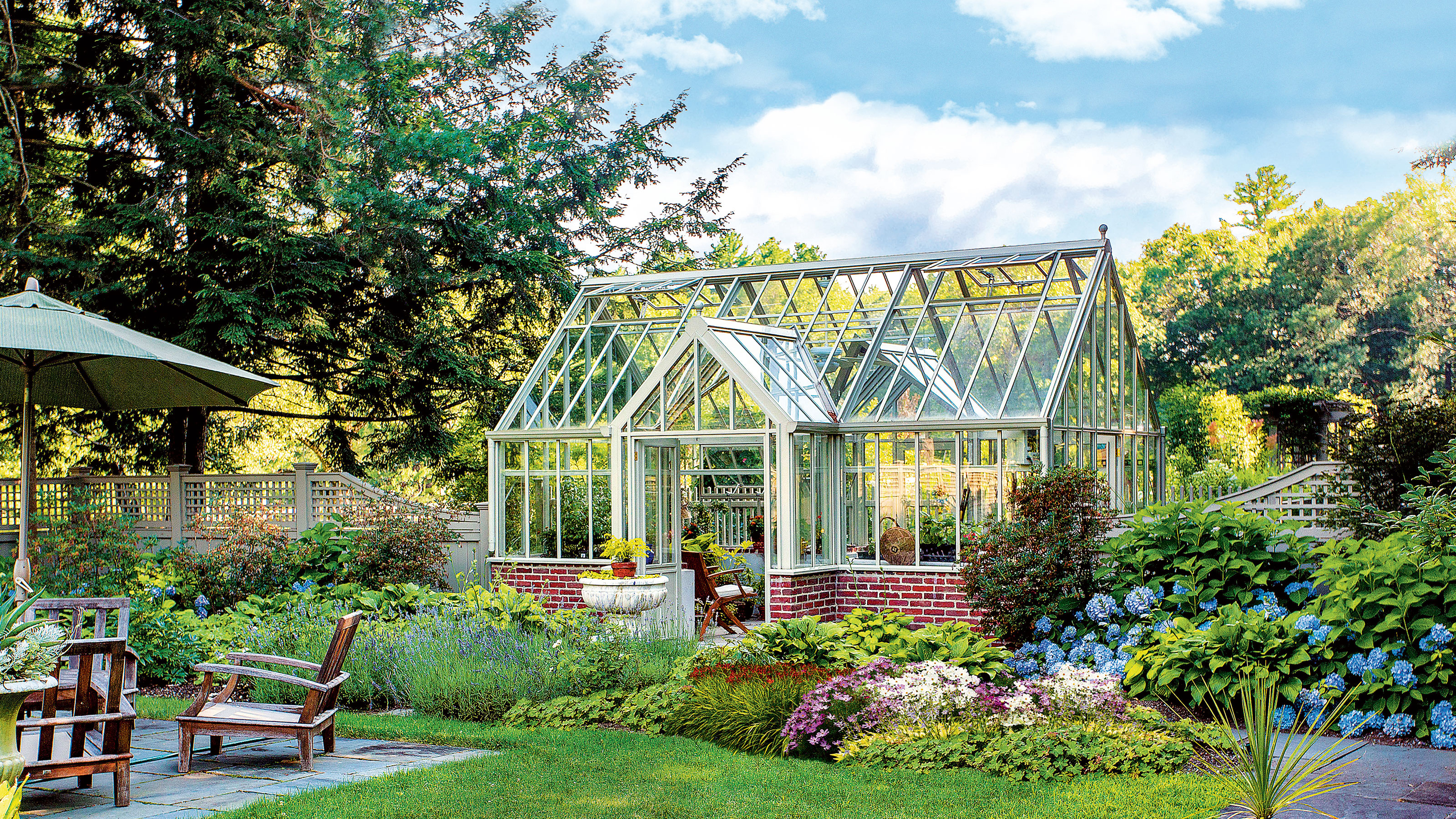
Need some inspiration for the best food to grow in a greenhouse? You're in the right place.
Imagine being able to access an abundance of absolutely delicious vegetables and fruit every time you step into your garden. Thanks to our British climate, this wouldn’t be consistently possible for those growing outdoors. But with a wide choice of greenhouse ideas, a constant supply of home-grown, fresh produce is achievable.
Historic Glasshouse and Greenhouse manufacturer Hartley Botanic has revealed its customers have recently shown an increased desire to ‘grow their own’, thanks to soaring popularity of the veg-based diets and an increasing desire to be self-sufficient.
Aside from trend-led influences, the improvement in taste and quality of fruit and vegetables when you grow your own is well-known and has recently been taken up by hoteliers keen to upgrade further their dining offer.
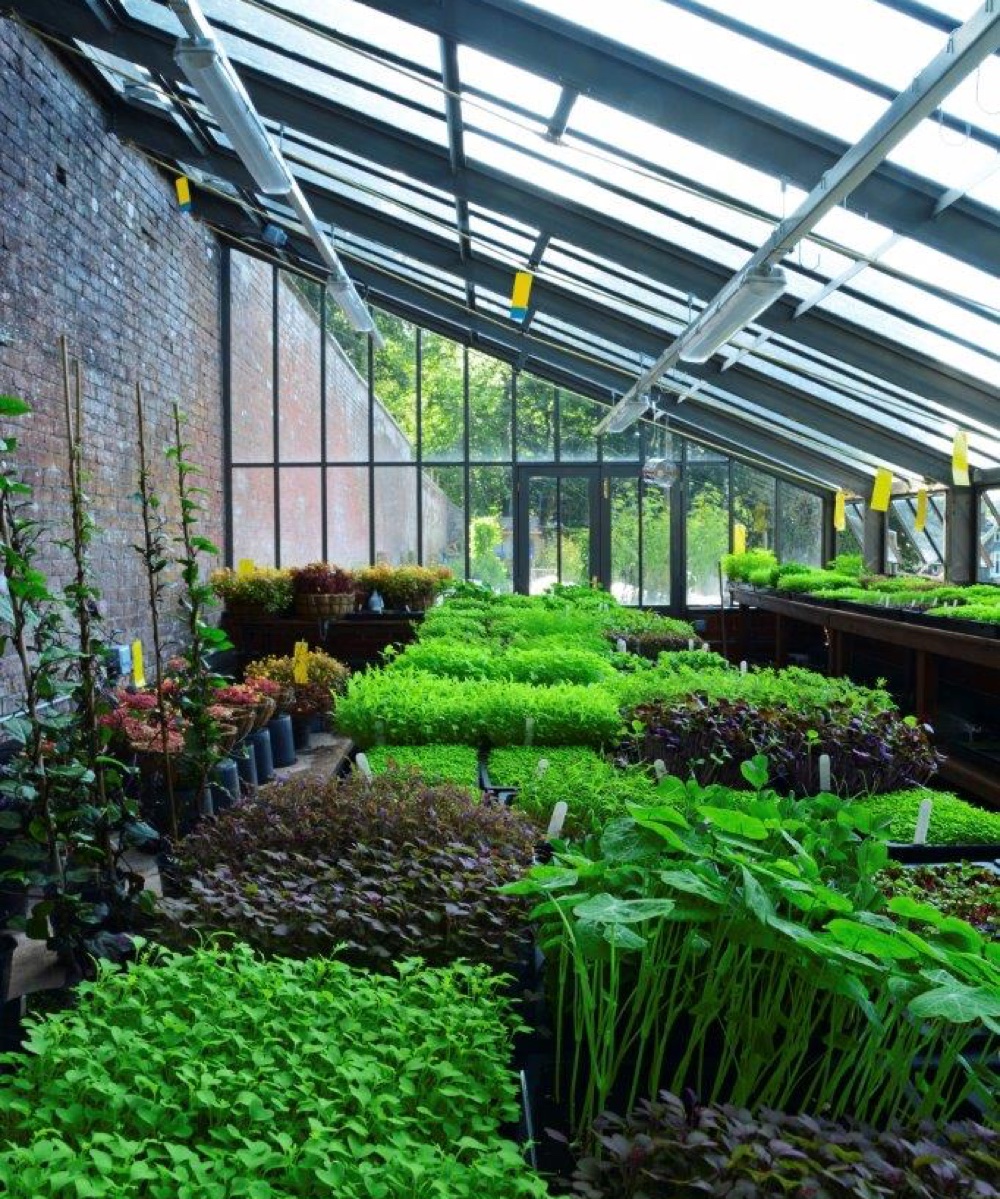
Both Raymond Blanc’s Belmond Le Manoir Aux Quat’Saisons in Oxfordshire and the Forest Side Hotel & Restaurant in the Lake District own Hartley Botanic Glasshouses to provide their chefs with the very freshest and most delicious ingredients.
So you'd certainly be in good company when you 'grow your own' like these celebrated chefs.
To help you understand what all the fuss is about, here is a taste of some of the best food that can be grown in a greenhouse.
Sign up to the Homes & Gardens newsletter
Design expertise in your inbox – from inspiring decorating ideas and beautiful celebrity homes to practical gardening advice and shopping round-ups.
The best food to grow in a greenhouse
Probably one of the most common things grown in British greenhouses every summer is a superabundance of incredibly tasty tomatoes. But there is a vast variety of other easily cultivated edibles to grow.
From off-season lettuces to big, ripe aubergines; from hot little chillies to heavy bunches of big, golden muscat grapes, a greenhouse can be a reliable source, not just of home-grown food, but of the choicest, tastiest and most sought-after luxuries.
A greenhouse is the stepping-off point for outdoor vegetable production. As well as raising tender crops, when planning a greenhouse and what you'll grow inside it, make sure to include courgettes and outdoor cucumbers on your list. You can kick-start runner beans, brassicas and even such root crops as carrots and beets.
And you can use a little spare space to ‘chit’ seed potatoes, ie. expose them to light and warmth to encourage their shoots to begin growth prior to planting. A wide range of tender vegetables can be raised in your greenhouse.
Your difficult decision will not be what to grow, but what to leave out, since space is always limited, and you’ll have some hard choices to make.
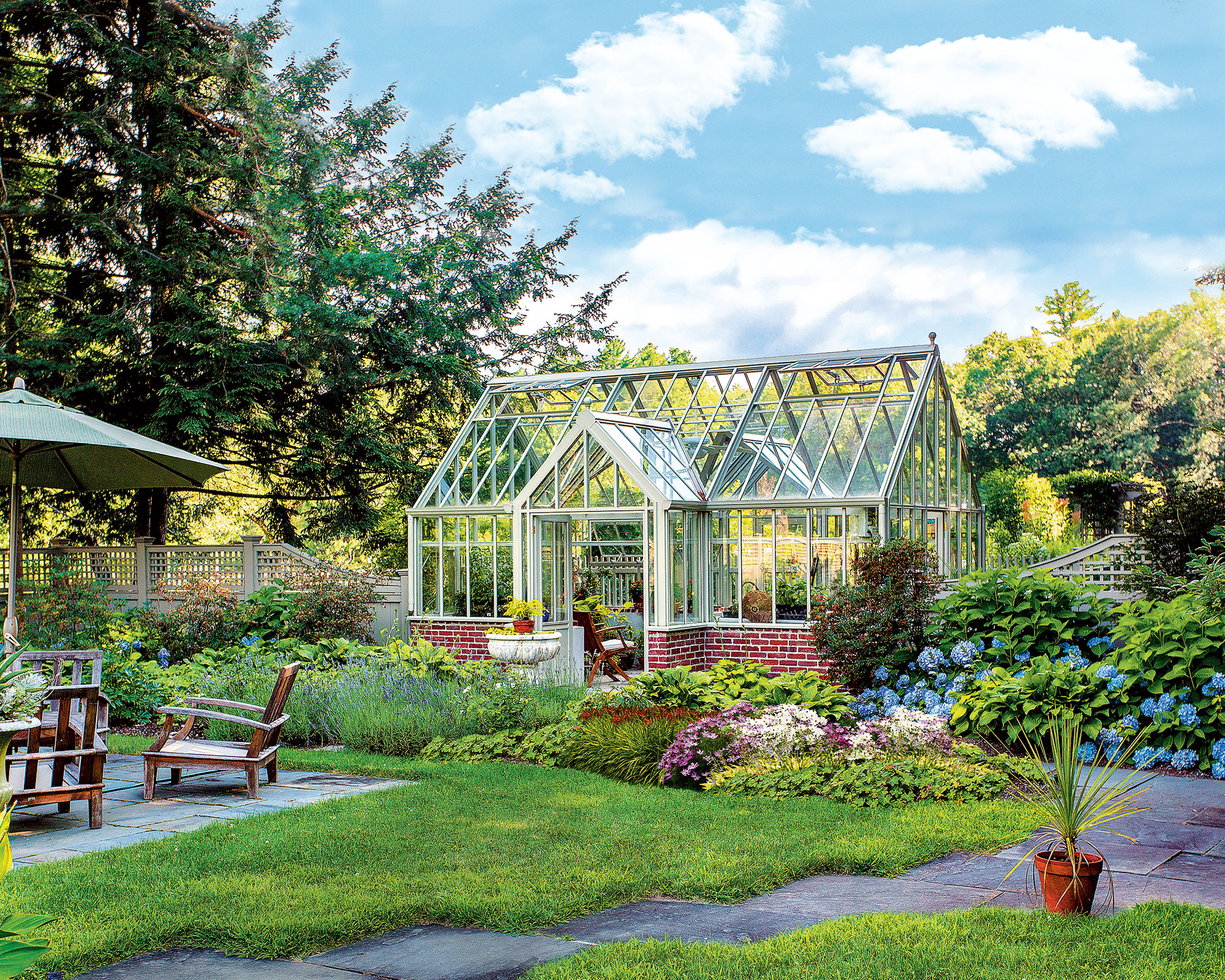
YEAR-ROUND PRODUCTION AND SUPPLY: BEANS TO BROCCOLI
Your greenhouse will enable you to be significantly more productive in your growing year than if you were purely growing outdoors, especially if you know the right growing techniques.
For example, with strawberries, if you use specially designed containers with planting pockets down their sides, the plants could produce fruit in May and again in November.
Summer broccoli, sown in January, may be in production by late June and, if you sow your first runner beans in February under glass and plant them out in May, they’ll crop from late June to September, making them some of the best vegetables to grow in a greenhouse.
With tomatoes, even with modest croppers, if you grow your plants well, you’ll always have surplus and nothing tastes quite so delicious as a fresh-picked home-grown variety.
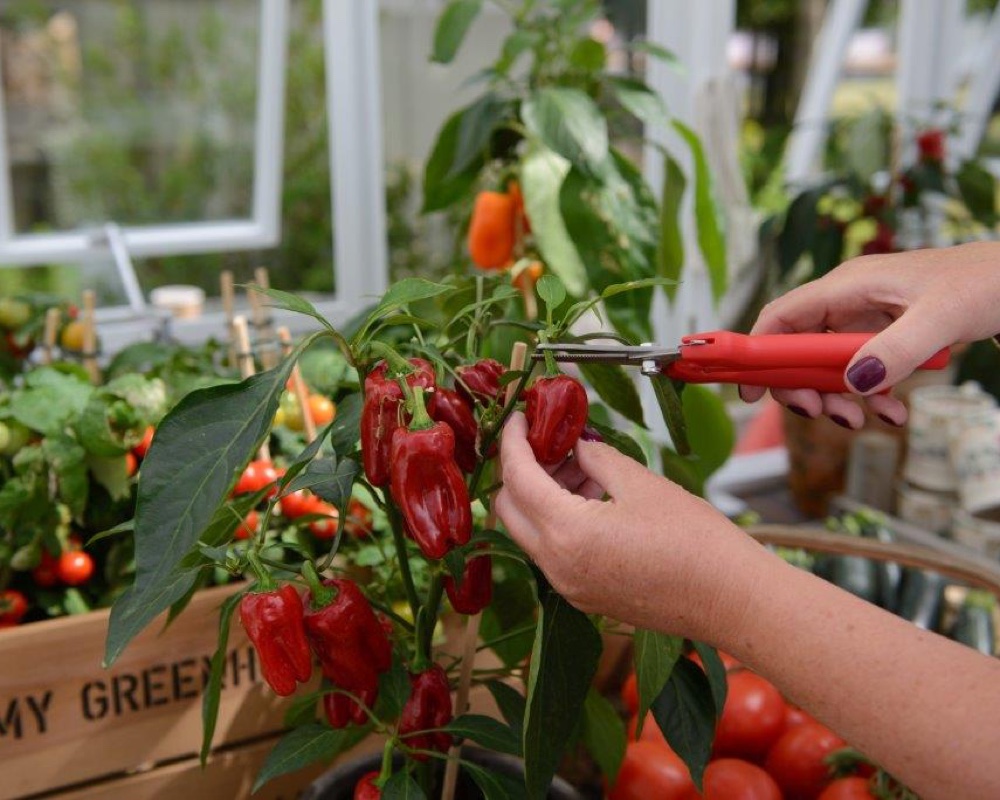
WINTER GREENS AND SALAD
Out-of-season food is something supermarkets have helped us to become accustomed to, and with a greenhouse you'll be surprised and delighted at what can be grown.
On greenhouse beds, after the tomato crop for example, you could grow pak choi or other Chinese greens. They mature fast and if seed is sown in cell trays in August and the crop planted out in early September, you should have succulent leaves and stems by late October.
Lettuce and rocket also grows speedily in autumn and winter, but will be less dense and more drawn up or ‘leggy’ than if started in spring or summer. Salad crops, such as lettuce, can be grown in large pots or growing-bags if there is no border soil.
Most seed companies also produce mixes of ‘cut and come again’ salad greens. These can be harvested a little at a time, and if sown at regular intervals, will produce greenery all year round.
HERBS
While many herbs are hardy and grown in the open garden, some herbs from subtropical regions perform more reliably in the warmer, more humid conditions of a greenhouse.
Many others, such as sage, rosemary and thyme, can also be grown in pots in a frost-free greenhouse over winter to provide you with a continuous supply of aromatic leaves.
Basils, of which there are more than 30 different types listed for sale in the UK, revel in warm conditions and have a range of distinctive flavours from aniseed to citrus and are used in a wide range of dishes.
The additional warmth of a greenhouse will also help stimulate the production of the aromatic oils that make the taste of basil so distinctive. They are easily raised from seed or cuttings.
You can also experiment and raise your own lemon grass, root ginger, galangal or cardamom. All are easily grown from root divisions, which you can get from specialist greengrocers.

FRUIT PRODUCTION
In the day of the great Victorian estates, glasshouses were used to produce all manner of off-season and exotic fruits, from figs, peaches and apricots to bunches of big, luscious grapes and even pineapples.
Even if you don’t have a vast, stately glasshouse, a greenhouse is a great garden idea that will allow you to still produce a whole range of delicious fresh fruit crops.
Grapes: The quality of grapes grown under glass in Britain is greatly superior to any harvested outdoors. Extra close attention given to your vine will reward you with superb grapes on large, well-shaped bunches. Ideally, the vine rootstock is planted outside, with the main stem fed through into the greenhouse.
This enables the roots to quest for nutrients and water over a wider area while the remainder of the plant is cosily inside where the ripening fruit benefits from the longer, warmer growing season. But vines grown completely within a Greenhouse will grow almost as well and you can even take modest crops from vines grown in large pots.
Wall fruits: In lean-to greenhouses, provided their high back wall receives enough sun, fruit trees – usually fan-trained – will be amazingly productive. Peaches, nectarines, apricots and figs are the best ones to try if you have the wall area.
In limited space, dwarf trees can be grown in large pots to produce more modest crops. In summer, such little trees can be lined up or arranged outside.
Citrus: Producing your own crops of lemons, kumquats or calamondin oranges is a real possibility under glass, but the sweet-scented flowers on these evergreen trees and shrubs are reward enough. Grow lemon ‘Verna’, lemon/orange hybrid ‘Meyer’ or calamondin orange in pots, with a minimum winter temperature of 5°C.
Ruth Doherty is an experienced digital writer and editor specializing in interiors, travel and lifestyle. With 20 years of writing for national sites under her belt, she’s worked for the likes of Livingetc.com, Standard, Ideal Home, Stylist and Marie Claire as well as Homes & Gardens.
-
 Zooey Deschanel and Jonathan Scott's breakfast nook is an innovative, effective use of kitchen space – it turns a 'dead area' into a cafe-style corner
Zooey Deschanel and Jonathan Scott's breakfast nook is an innovative, effective use of kitchen space – it turns a 'dead area' into a cafe-style cornerJonathan and Zooey have situated an eccentric yet elegant dining area in what may have been an otherwise underused corner
By Hannah Ziegler Published
-
 6 things you should never throw in the trash – and what to do for safe disposal instead
6 things you should never throw in the trash – and what to do for safe disposal insteadFrom batteries to space heaters, experts reveal what not to throw
By Andy van Terheyden Published
-
 Trees never to plant in a small backyard – 7 varieties that will overwhelm a limited space
Trees never to plant in a small backyard – 7 varieties that will overwhelm a limited spaceIt's best to avoid planting these trees in a compact space if you want the rest of your yard to thrive
By Gabriella Dyson Published
-
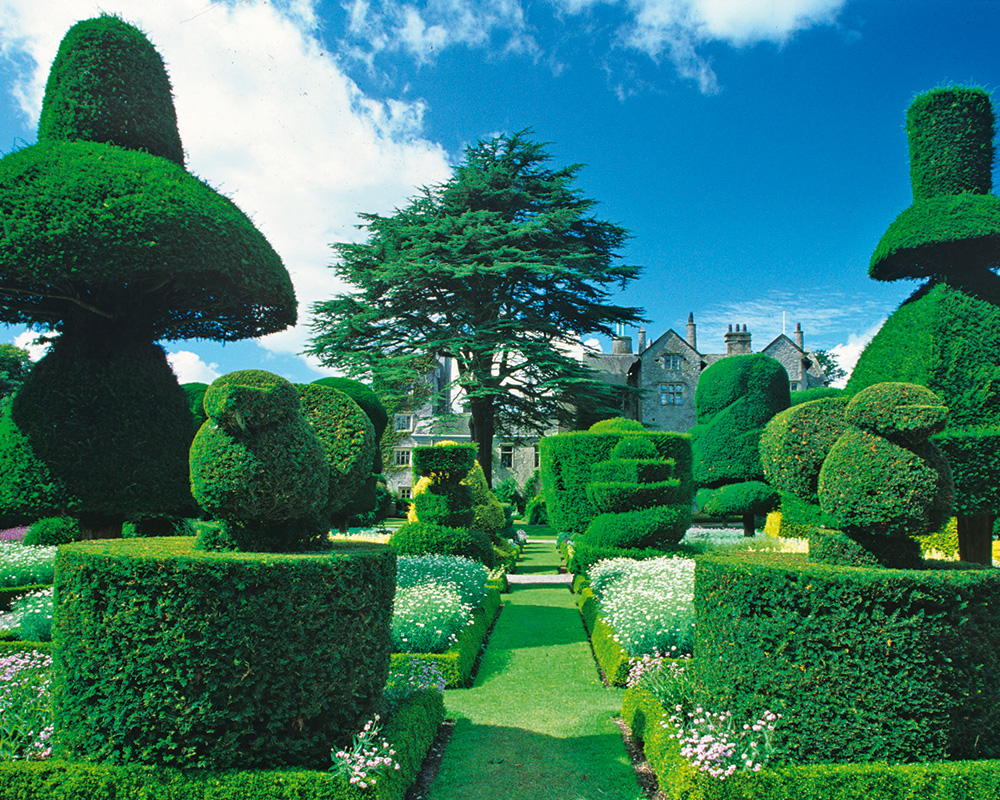 The best British gardens that you can visit this summer
The best British gardens that you can visit this summerBritons staying at home this summer are being encouraged to head outdoors and explore the stunning public gardens on their doorstep.
By Jennifer Ebert Published
-
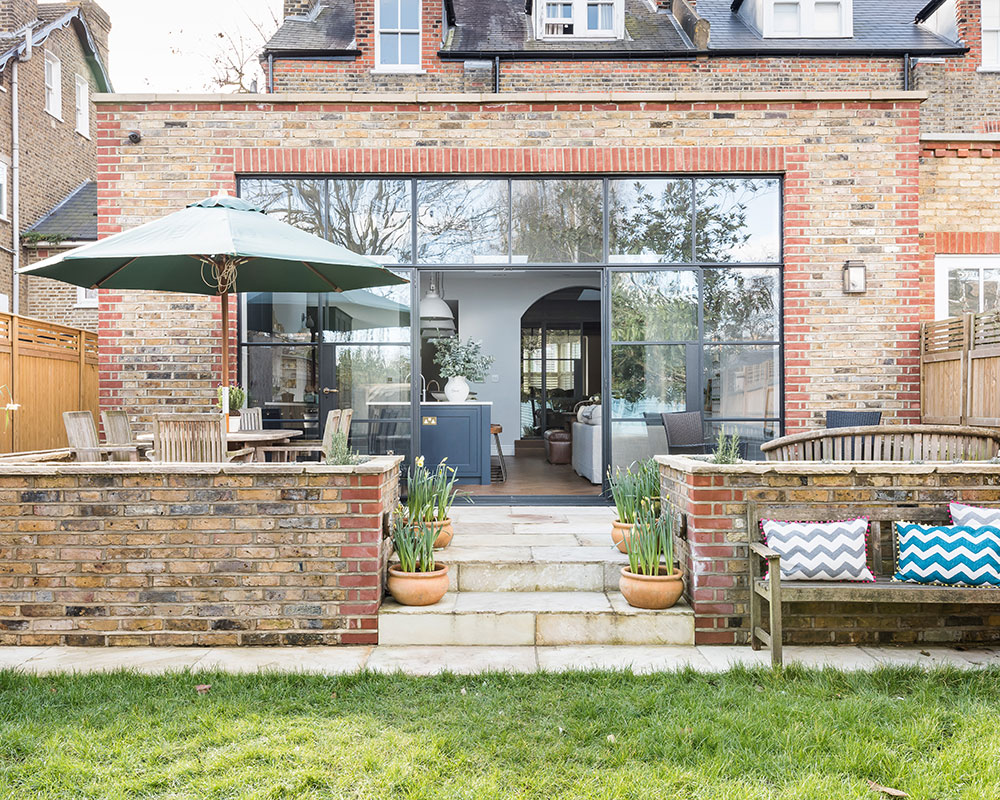 How to grow organic fruit and vegetables at home – David Domoney shares his four top tips
How to grow organic fruit and vegetables at home – David Domoney shares his four top tipsTV gardener's expert tips on growing your own organic produce...
By Ruth Doherty Published
-
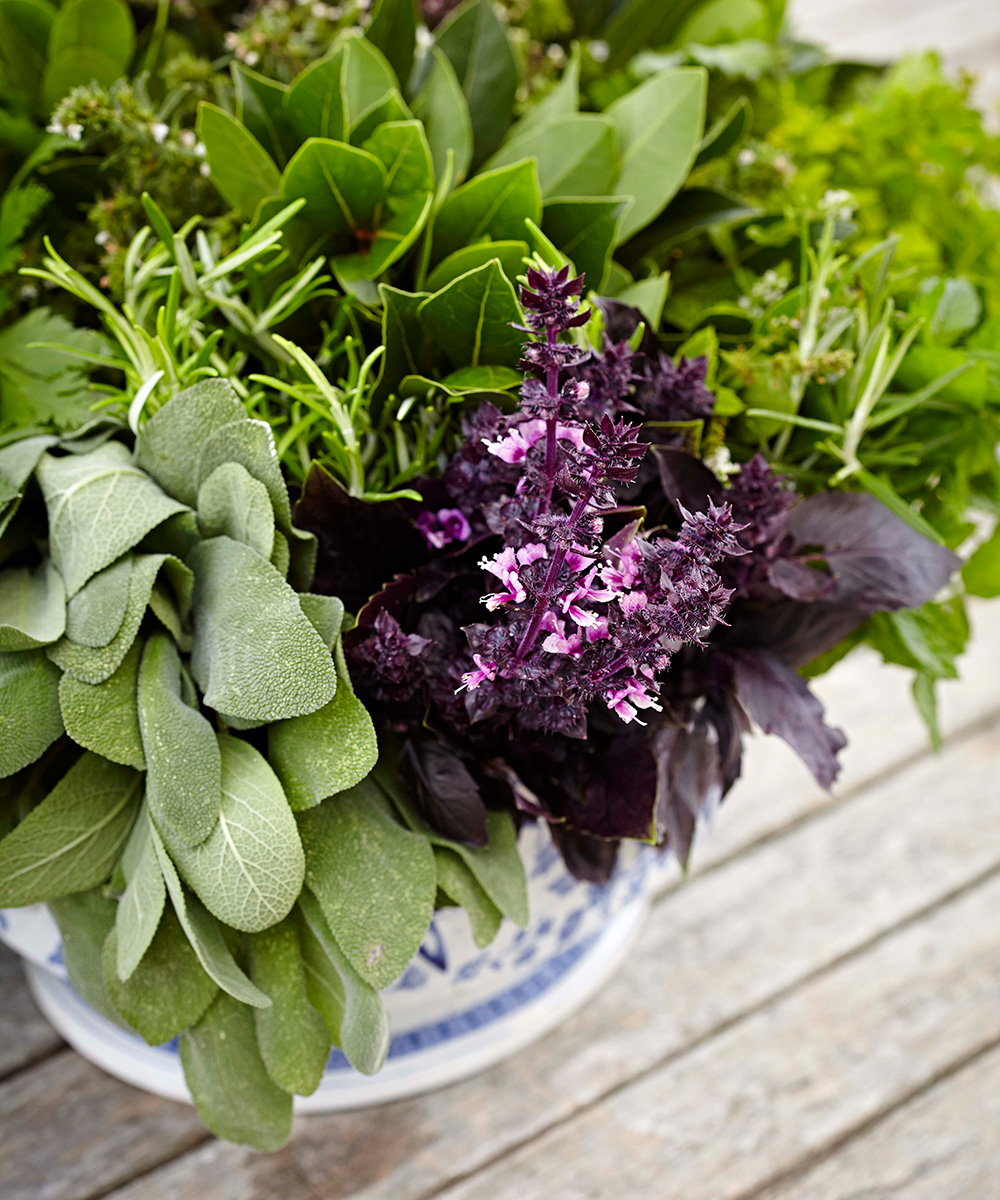 The common mistakes when growing in planters –and how best to avoid them
The common mistakes when growing in planters –and how best to avoid themIt is easy when you know how.
By Jennifer Ebert Published
-
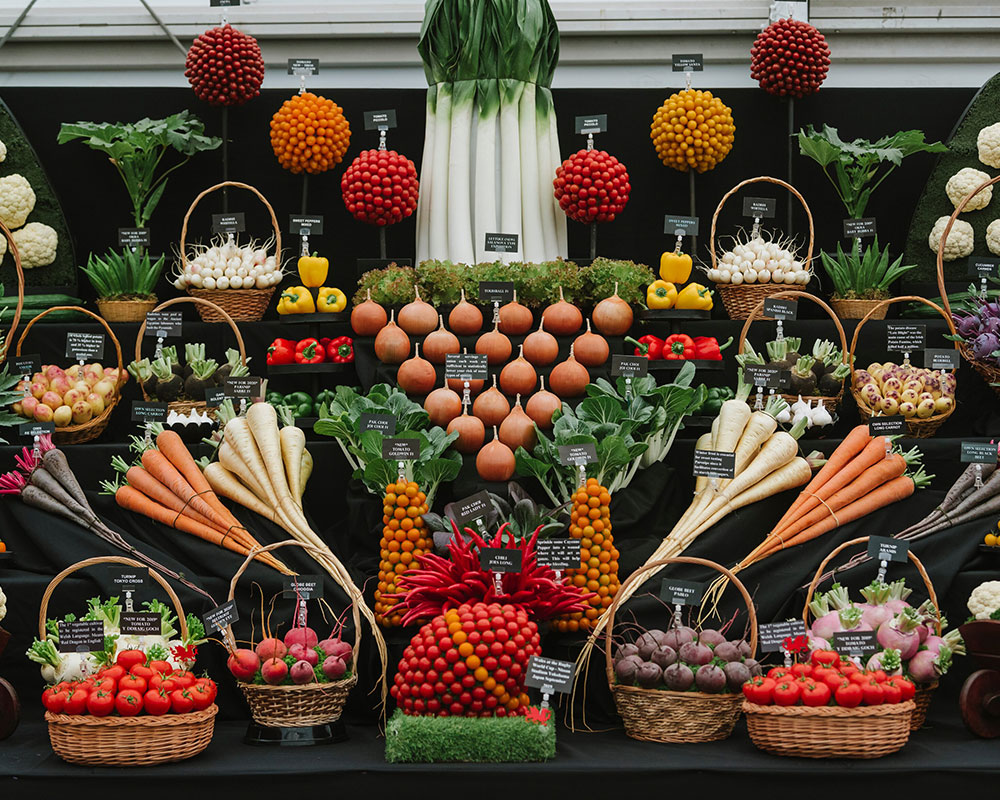 RHS Chelsea Flower Show 2020: Top tips for growing vegetables
RHS Chelsea Flower Show 2020: Top tips for growing vegetablesMedwyn Williams, 11-time Gold medal winner at the RHS Chelsea Flower Show, gives his top growing tips.
By Jennifer Ebert Published
-
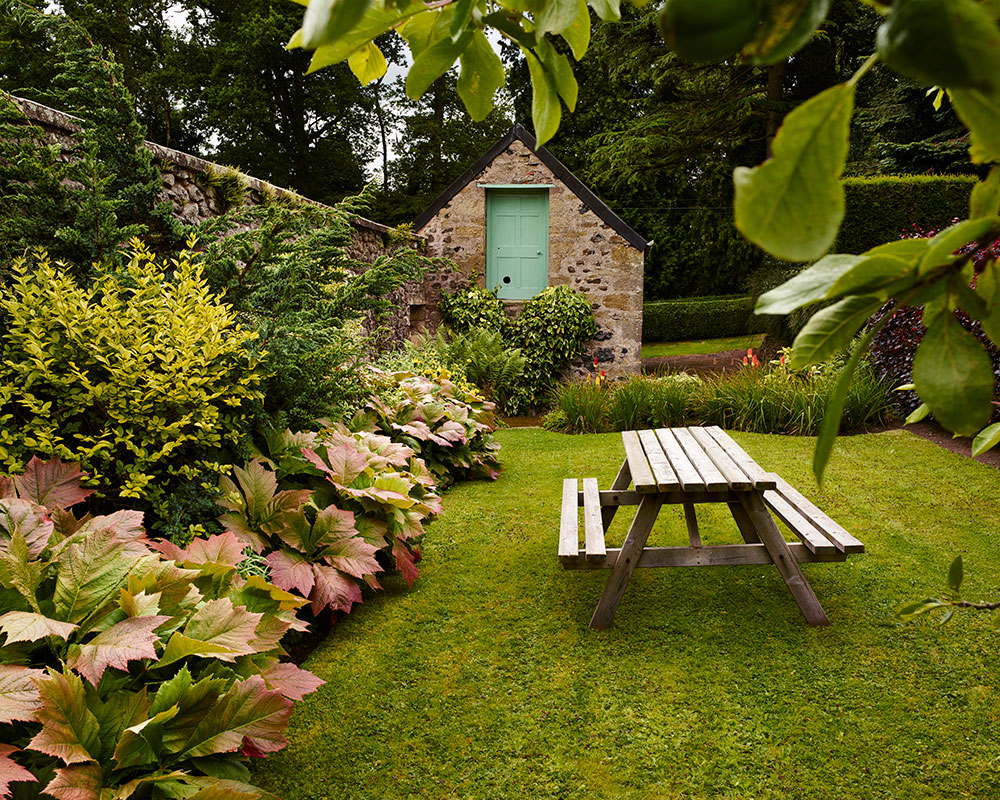 RHS Chelsea Flower Show 2020: Five sustainable gardening tips from Bosch's Markus Rekittke
RHS Chelsea Flower Show 2020: Five sustainable gardening tips from Bosch's Markus RekittkeBosch's garden expert Markus Rekittke shares his simple eco steps...
By Ruth Doherty Published
-
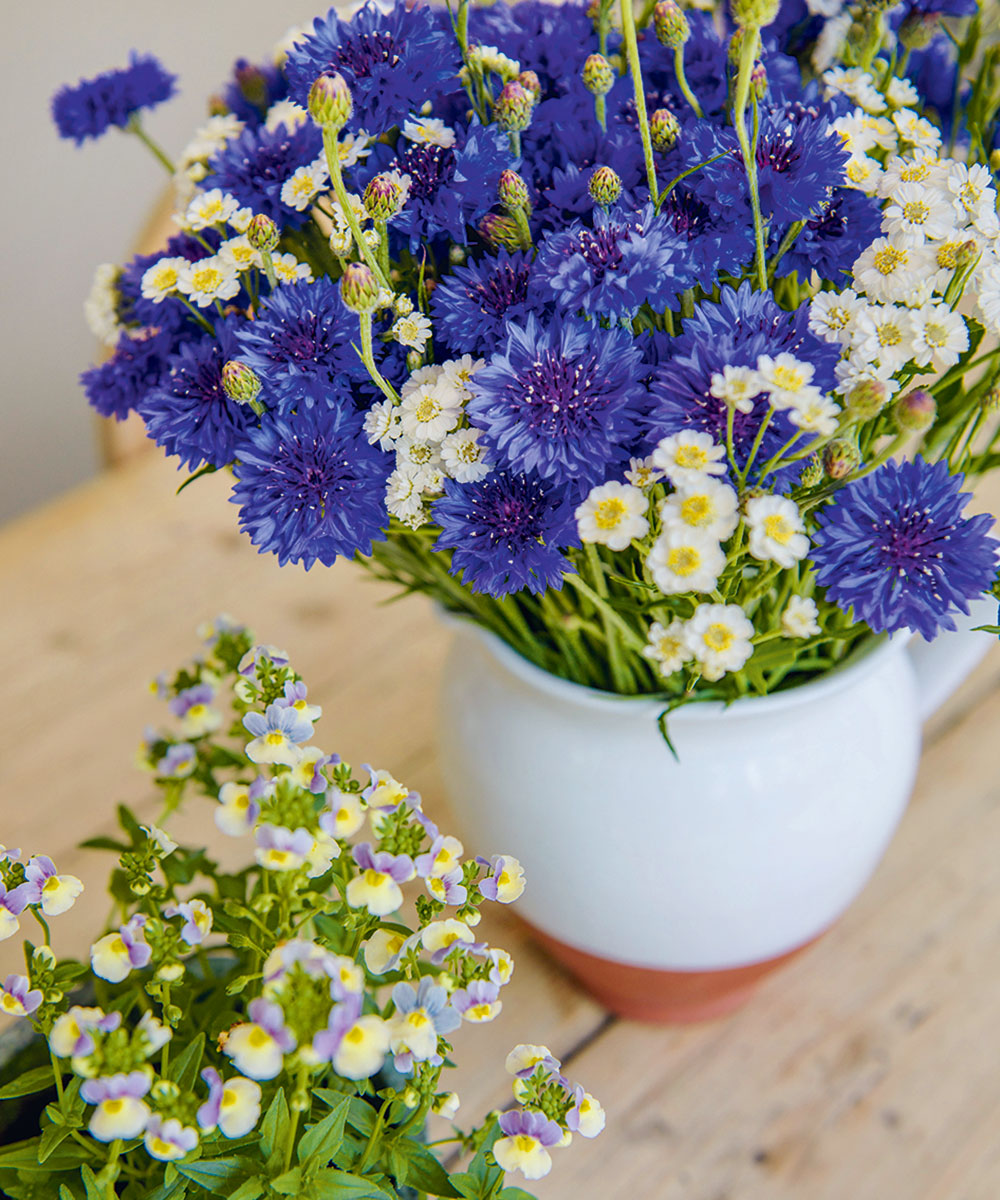 RHS Chelsea Flower Show 2020: The best performing plants for urban gardens
RHS Chelsea Flower Show 2020: The best performing plants for urban gardensRethinking tricky gardens with Charlotte Harris.
By Jennifer Ebert Published
-
 RHS Chelsea Flower Show 2020: Sarah Eberle shares her top summer gardening tips
RHS Chelsea Flower Show 2020: Sarah Eberle shares her top summer gardening tipsA gold medal winning designer, Sarah Eberle, talks about naturalistic ways to garden – from playing with planting, using natural features and taking inspiration from your surroundings.
By Jennifer Ebert Published